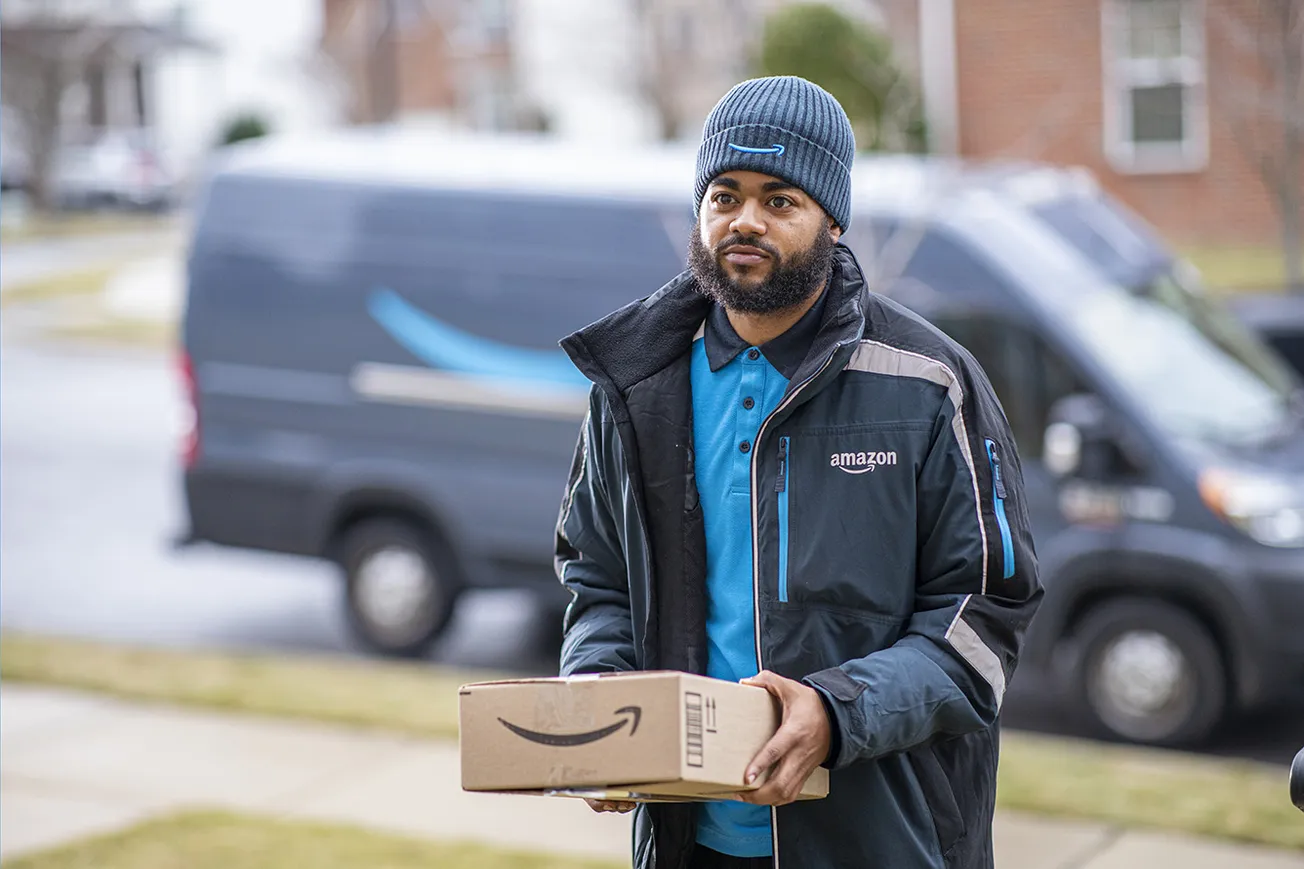NEW YORK — From 2001 to 2021, the cost of health care increased faster (3.3%) than the cost of all goods and services (2.2%). With inflation in the United States reaching its highest point in 40 years, many consumers are making difficult choices about household expenses, including whether or not they can afford medical care.
These tough trade-offs between choosing to pay for housing or transportation over paying for prescription drugs, or needed medical care can impact their health and quality of life. At the same time, the combination of inflation, a tight labor market, and ongoing supply chain issues is putting financial pressure on hospitals, health systems, and clinicians and these costs could be passed on to the consumer.
To understand how inflation is affecting consumers’ perspectives on health care spending, the Deloitte Center for Health Solutions conducted two nationally representative consumer surveys. The first survey, the “Deloitte 2022 Survey of U.S. Health Care Consumers” (n=4,545) was fielded between February and March 2022. And the follow-up survey, the “Deloitte 2022 Pulse Survey of U.S. Consumers” (n=2,005), was fielded in September 2022.
The costs of cutting back on health care
Consumers are dealing with economic pressures they weren’t facing just one year ago. Prices for food at home rose 12.2% between 2021 and 2022, the largest increase since April 1979. Energy prices rose 41.6 % over the same time, the largest 12-month increase since April 1980. With prices rising in other areas of consumers’ lives, one likely outcome is they’ll have less money available for health care needs. Based on this recent survey data, Deloitte finds that concerns about inflation are already impacting consumers’ health care decisions.
Twenty-six percent of consumers who don’t have a health plan that covers virtual visits intend to change their health plans to accommodate. Nearly two-thirds of consumers who had virtual health care visits last year cited either convenience (38%) or cost (27%) as the top reasons why they sought virtual health. In response to rising expenses, some consumers are delaying routine care, cancer screenings, preventive care, and other essential medical needs. Delays in routine care can exacerbate health issues and could eventually force people to turn to high-cost settings (e.g., the emergency room), especially when minor health issues turn into major ones. In parallel, cases of COVID-19 have taken a toll on patients, particularly those with, or at risk for, chronic diseases. These costs — some of which could be prevented — might ripple through the health care ecosystem and push future health care spending higher.
Key quotes
“The convergence of inflation with the demands from today’s empowered health care consumer may be the catalyst for industry change that propels us toward virtual and digital health options that are designed to be more convenient, affordable and accessible. This will require rethinking how services are delivered, how consumers can be empowered to take control of their health earlier and more proactively. This can accelerate transitioning to new models of screening, prevention, care and cure that we call the ‘Future of Health,: Dr. Asif Dhar, vice chair and U.S. life sciences and health care industry leader, Deloitte.
“Inflation can also impact spending on health equity initiatives which can further exacerbate inequities and outcomes of historically vulnerable and underserved populations that already are struggling to pay for critical needs like food, housing, transportation and clothing. We know that when basic needs go unmet, this can lead to poorer health outcomes, and have a cascading effect. We’re poised to reverse the gains we’ve made in health equity if we aren’t intentional and thoughtful about how we care for the most vulnerable among us,” addeed Jay Bhatt, executive director, Deloitte Center for Health Solutions and the Deloitte Health Equity Institute.
Virtual health may soften inflation’s impact on health care
It’s important that health care organizations think of ways to offset the impact of inflation on consumers’ ability to interact with the health system before they opt out entirely. Virtual health may be one of the solutions. According to the “Deloitte Survey of Health Care Consumers” in 2022, virtual health visits continued to increase from 22% in 2018 to 44% in early 2022. Nearly two-thirds of the consumers who had virtual health care visits in the last year (from September 2022) cited either convenience (38%) or cost (27%) as the top reasons why. With virtual visits, consumers spend less time and money on transportation, parking and childcare. In fact, some consumers are considering changing health plans if they don’t offer virtual visits, as well as other more affordable and convenient options. Financial pressures for both consumers and providers and retailers may accelerate virtual health transformation providing cost effective options for consumers and diversified services for providers and retailers to grow, build trust and potentially lessen the effects of inflation.
However, consumers also care about having a good experience and developing a relationship with the clinician based on trust. Sixty-three percent of consumers are willing to switch doctors if they don’t like the way their doctor communicates. According to Deloitte’s research on trust, about half of focus group participants said they’d be willing to trade in-person visits and the convenience of a closer location for a provider who relates to them and understands their needs.
Overcoming the trust deficit
Hospitals, health systems and clinicians are not immune from the financial pressures imposed by a tight labor market and ongoing supply chain issues, so retaining patients is critical. That’s why it’s important to prioritize building trust and maintaining strong relationships with patients because Deloitte’s research shows that consumers are demanding a trusted health care experience and are willing to move on when they don’t receive it. Thus, health care organizations should weave trust elements into their offerings, including:
• Helping consumers navigate their health care journeys by using established and credible entities to help consumers find information and providers.
• Collaborating with trusted community partners like pharmacies and other community-based organizations.
• Providing (better) cost transparency tools that help consumers predict costs and resources, so they’re more prepared.
• Including social drivers of health in patient discussions so consumers can factor these into their planning and make more informed decisions.
Inflation is signaling a change is in store for health care. Now is the time to harness the power of trust, transparency and education for behavior change to yield cost-effective, convenient options that might offset cost pressures in a year where affordability and inflation will be top of mind for all consumers.
Key takeaways
• Inflation top reason nearly one-third of Americans are concerned about covering unexpected health care needs.
• Twenty-eight percent of consumers surveyed, or roughly 72 million U.S. adults based on 2020 U.S. Census data, feel less prepared to pay for routine and unexpected medical coststhan they did last year.
• Thirty percent of consumers are either “planning” (13%) or “still deciding” (17%) to change their health insurance plans to cut costs for the upcoming 2023 health insurance enrollment.
• Twenty-six percent of consumers who don’t have a health plan that covers virtual visits intend to change their health plans to accommodate.
• Nearly two-thirds of consumers who had virtual health care visits last year cited either convenience (38%) or cost (27%) as the top reasons why they sought virtual health.










